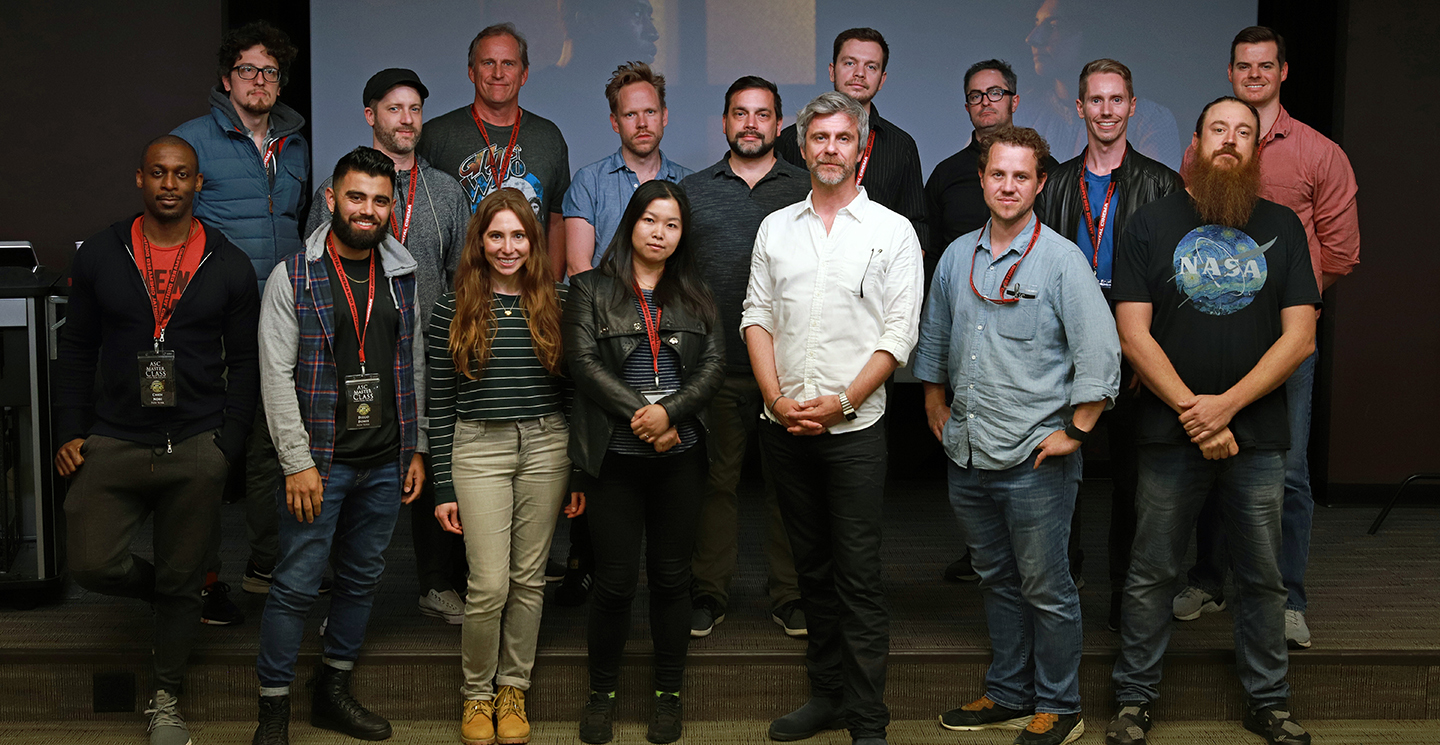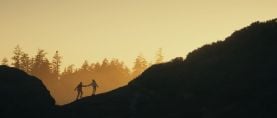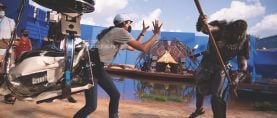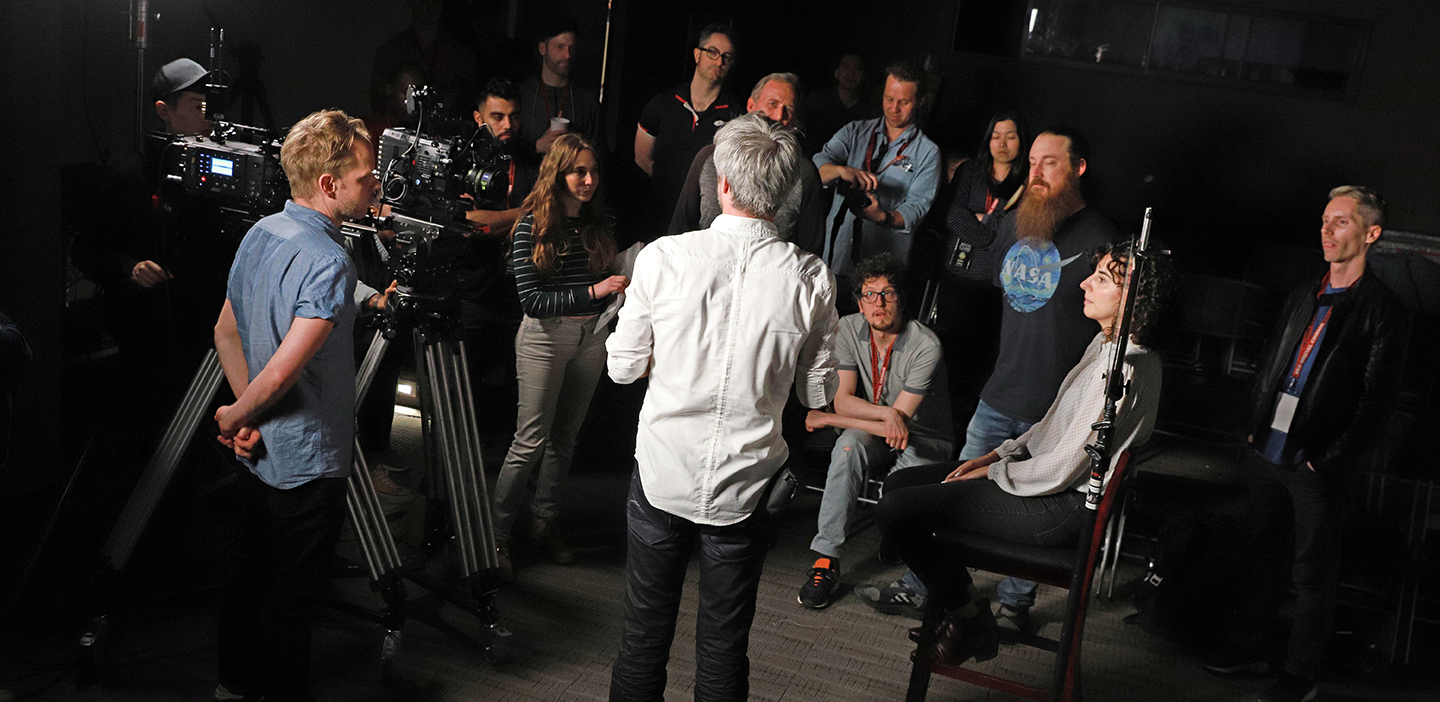
ASC Master Class: Brooklyn Bound
In session with Society members Fred Murphy and Vanja Černjul during our first such event held on the East Coast.
In session with Society members Fred Murphy and Vanja Černjul during our first such event held on the East Coast.

Photos by Jodi Savitz and Iain Marcks
Designed for cinematography students with an intermediate-to-advanced skill set, the ASC Master Class incorporates practical demonstrations of lighting and camera techniques with essential instruction in current workflow practices and informed analysis of feature films that are relevant to the coursework.
The ASC recently conducted its first East Coast Master Class, in partnership with AbelCine at their rental facilities in Brooklyn, New York. The two-day course was taught by ASC members Fred Murphy and Vanja Černjul and was attended by a diverse group of 15 students from as far as Miami, Nashville, and Toronto.
“Education is a big part of the overall message between our three offices,” says Jeff Lee, AbelCine New York’s director of education. (The other two are in Los Angeles and Chicago.) “The ASC Master Class is a natural tie-in because it takes the technical education that we already provide and combines it with the creativity of the ASC cinematographers.”
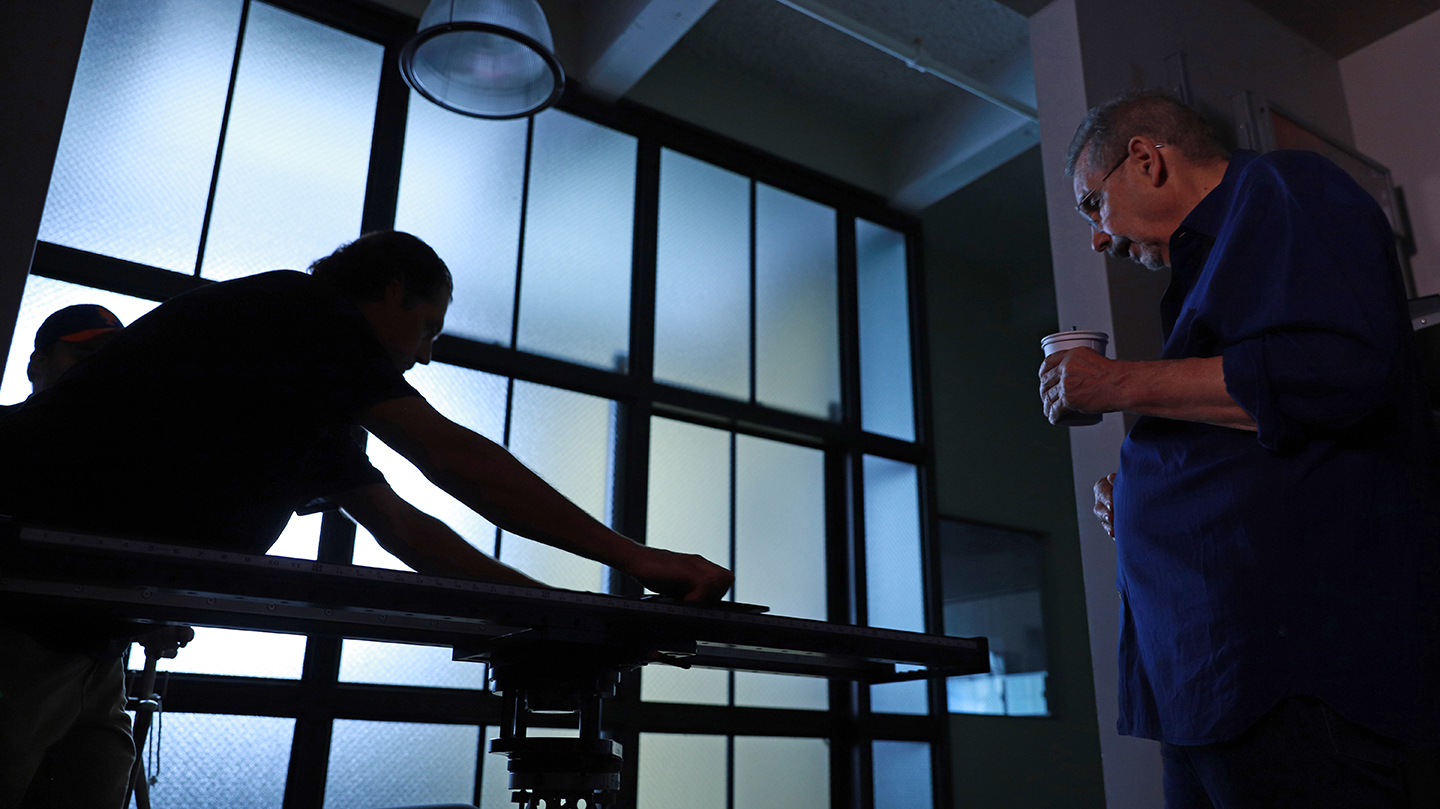
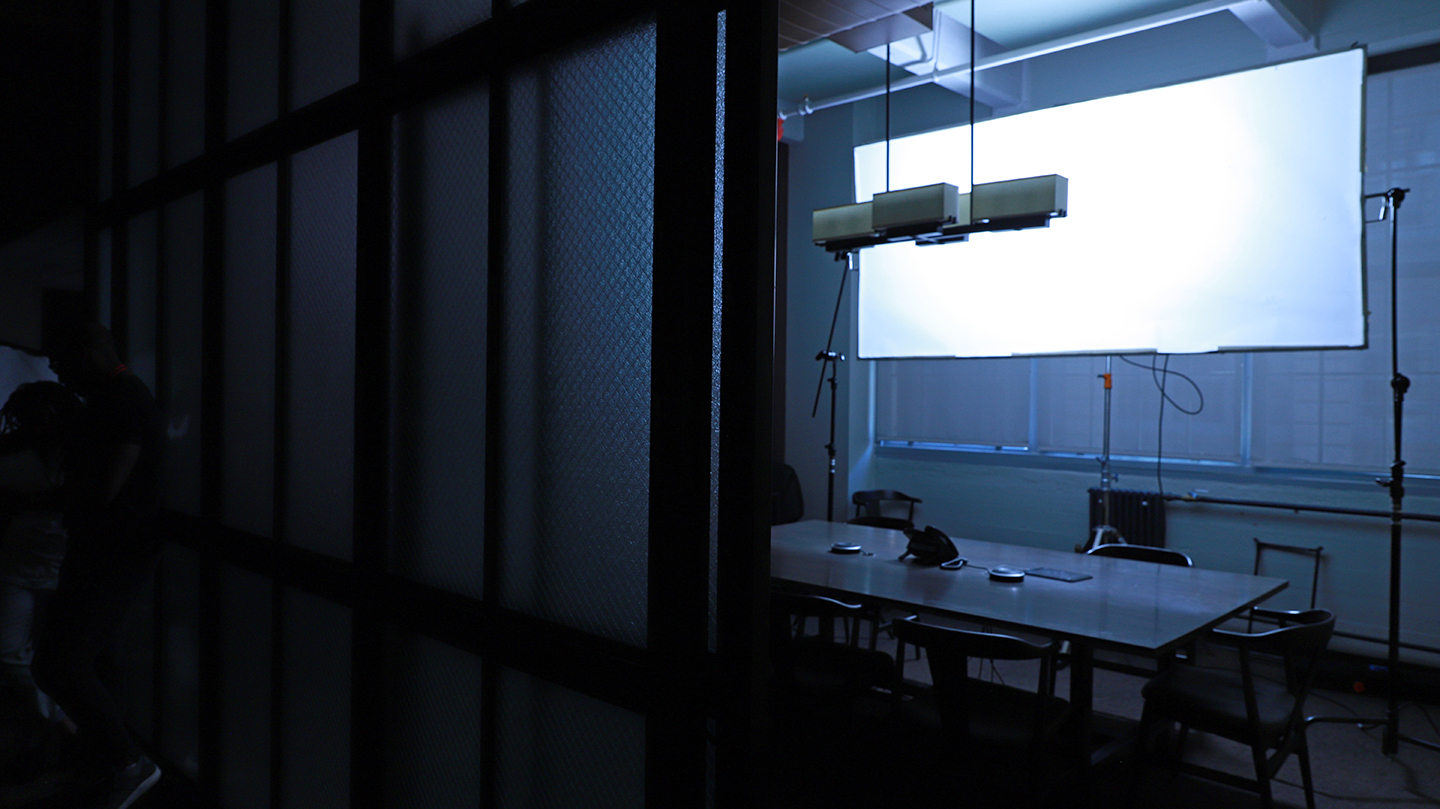
Onthe first day, students were taught by Fred Murphy, ASC. His 50-year career behind the camera includes such features as Secret Window, Freddy vs. Jason, The Mothman Prophecies, October Sky, Stir of Echoes, Murder in The First, Scenes from a Mall, Enemies: A Love Story, Fresh Horses, The Dead, Hoosiers, Eddie and the Cruisers and Heartland. These days, he spends much of his time working in television, as the Emmy-nominated director of photography for the Golden Globe-winning series The Good Wife, and now its spinoff, The Good Fight, which he shoots with Panavision Millennium DXL2 cameras.
Murphy began his session by screening selections from his film and television work that demonstrate his particular approach to lighting. “It’s all about extremes of light and dark, or extremes of colors,” he imparts.
Next, the students moved into the AbelCine office space for a lighting and camera demonstration, for which Murphy paired a Red Monstro 8K with Leica Summicron primes. Aided by a selection of his crew from The Good Fight, including gaffer Tim McAuliffe, camera operator Dan Fiorito, 1st AC René Crout, grip Tom White, and DIT Dave Satin, Murphy dimmed the overhead practical lights and blocked the sun with shades to create a warm, silhouetted look. Master Class students were encouraged to interact with Murphy and the crew while they worked.

“It wasn’t like giving a lecture,” Murphy later described. “The students could hear me talking to the gaffer about how we’re going to light something, then they can watch us actually doing it. Meanwhile, they can talk to the operator, or the assistant, or the DIT about their jobs.”
“The beauty of it was the class size: I could ask a question whenever I wanted — it was very personalized — and other people were asking questions I wasn’t even thinking about,” remarks Master Class student and cinematographer Matt Canada. “I loved it that I didn’t have to touch anything; I could just observe and see how they operate.”
Murphy also looks for transformational elements in every shot. For the first setup, he and Fiorito invented a shot where an actor crosses the showroom floor, toward a light, and encounters another model. They exchange something, and the camera pans and dollies on a Fisher 11 with the first model until it’s looking down an adjacent dark corridor.
Color-tunable Arri SkyPanel S60s and S120s were used to further enhance the contrast between warm and cool light. A similar exchange was staged in a stairwell, where the camera begins with a low angle, tracks an actor coming down the steps, ending with a high angle (the shot was then reversed). Between shots, Murphy changed the camera’s internal color temperature settings from warm to cool to demonstrate how color effects the emotional tone of a shot.
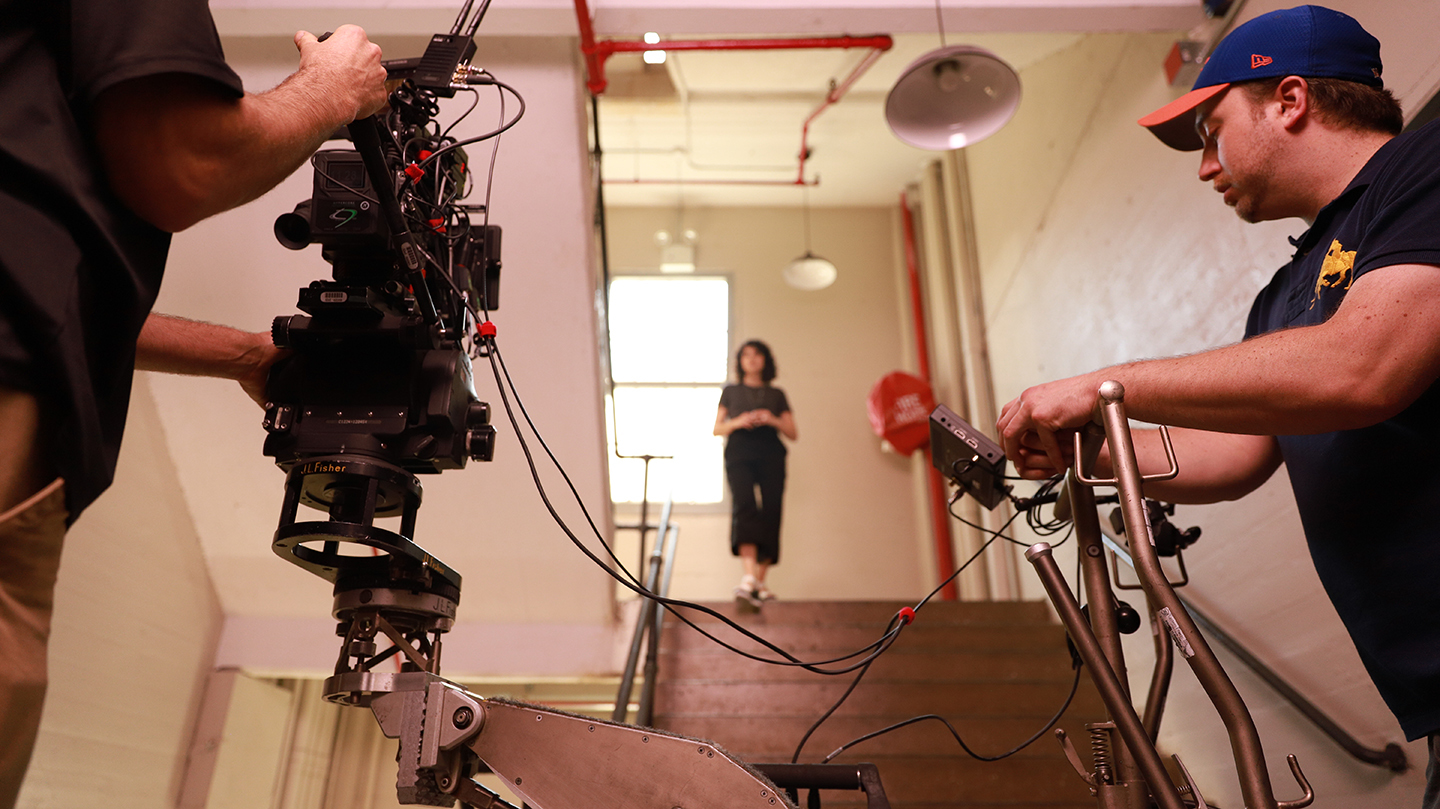
Murphy didn’t formally study film or photography — he majored in architecture at the prestigious Rhode Island School of Design. “I’ve always been interested in describing space, and cinema space is one of my major interests,” he muses.
“That really resonated with me,” says Master Class student William Ross, a DIT and environmental portrait photographer. “He didn’t just show us how to light the subject, he lit the space and the subject together.”
Day two of the Master Class was led by director of photography Vanja Černjul, ASC, HFS. His wide range of experience behind the camera began with a stint as a news videographer covering the 1991 Croatian War of Independence in former Yugoslavia for the BBC, CNN and NBC. Since then, Černjul has photographed more than 20 feature films — including Wristcutters: A Love Story, Crazy Rich Asians and Perfection — as well as numerous television programs including 30 Rock, Nurse Jackie, Bored To Death, Orange Is the New Black, Marco Polo (winner of the 2016 ASC Award for Best Cinematography in a Regular Series), and The Deuce.

Černjul jumped at the opportunity to take part in the ASC Master Class, having fond memories of such an experience while studying cinematography at the Academy of Dramatic Arts at the University of Zagreb. “One of the most important parts of my formal education was when Vilmos Zsigmond, ASC and Haskell Wexler, ASC held a short master class in Budapest in 1991,” he recalled in a post-class interview. “It was a really well-organized, hands-on workshop. What I took from it was that these two giants of cinematography, my heroes — whose films I’d seen so many times — were normal people who faced the same creative challenges as I did. This gave me hope that I could one day do it myself.”
Černjul’s class opened with a discussion surrounding his work on the television series Marco Polo and The Deuce, and for the box-office smash Crazy Rich Asians. He explained to the students that he tries to do as much as possible with lighting, stressing the importance of a “scientific prep” that includes format testing and workflow design. He revealed his preference in filters and cameras, in particular the Panasonic VariCam 35.“I’ve always been interested in shooting in low-light situations, and was blown away by its results,” he remarked. For the class, AbelCine provided a VariCam Pure and an Alex Mini LF with Zeiss Supreme Prime lenses for demonstration purposes.
When asked, Černjul asserted that he wouldn’t go back to shooting film unless he had a reason. “Some people are just doing it because it looks or sounds cool to say you’re doing it, but it’s still hard to find qualified crew and labs,” he said. When a film-like texture is called for, he prefers to use the LiveGrain plugin, which replicates the three-dimensional grain that occurs naturally and organically when shooting with motion-picture film.
When it was revealed that Černjul interned for famed Swedish cinematographer Sven Nykvist, ASC while earning an MFA in Cinematography from the Tisch Graduate School of the Arts at NYU, the conversation turned toward the importance of preparation — something he gleaned from Nykvist’s anecdotes about working with director Ingmar Bergman — and flexibility. “It’s important to have a plan, but sometimes you have to abandon that plan,” said Černjul. “You have to adapt quickly because there are other artists waiting for you. Come with a strong concept, but be flexible about it — that’s what separates the great cinematographer from the good one.”
Černjul shared his preparation process, which involved outlining his approach to location and tech scouting, and includes packaging references, photos, plots and notes into a PDF he can distribute to the rest of the crew.
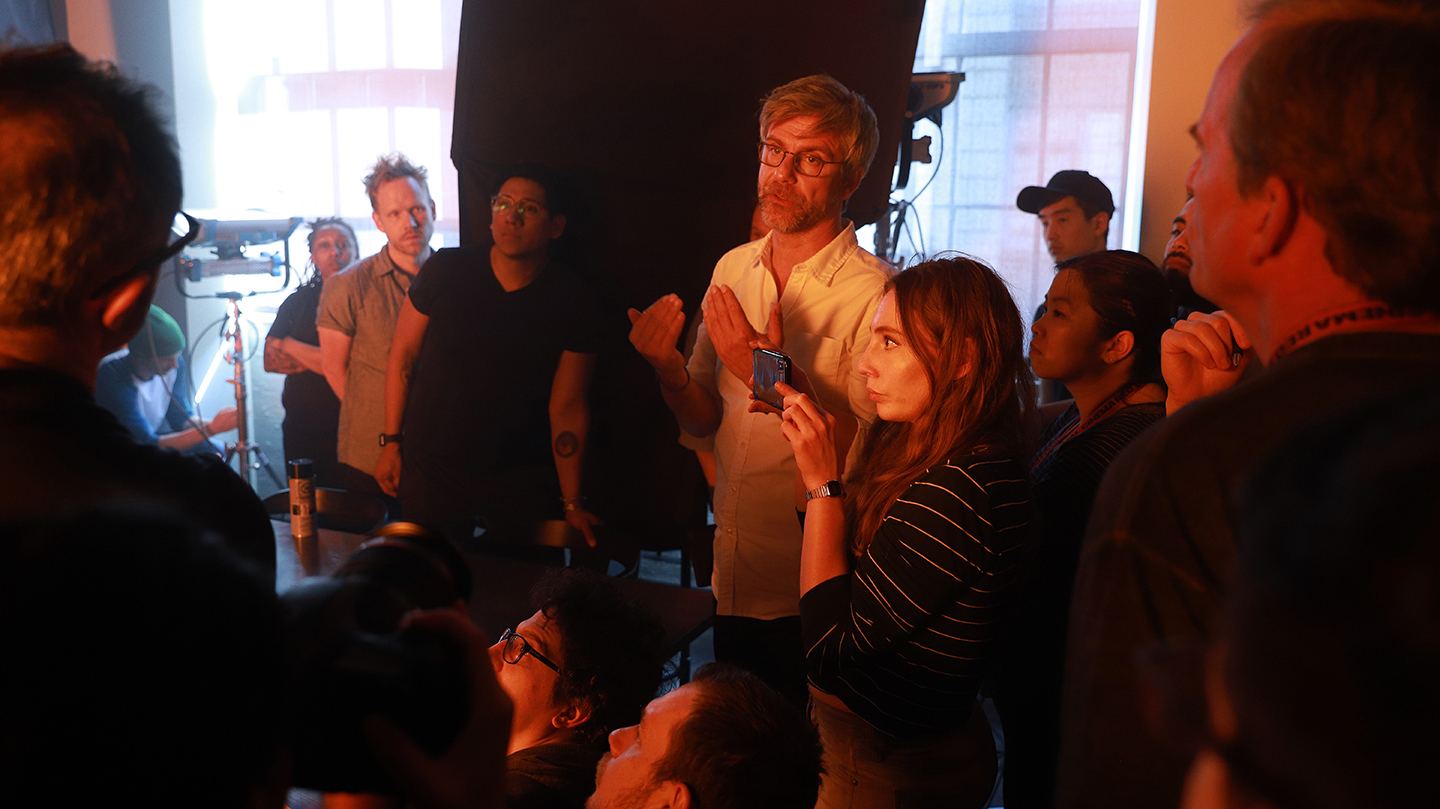
The first of Černjul’s two lighting demos involved a female subject lit with three Arri S-60 lighting units. He used his light meter to dial in the contrast ratio (“I start every day with my meter,” he says.) before turning exposure over to the DIT, AbelCine Camera Technology Specialist Geoff Smith. Facility rental technicians Kevin Kim, Erik Kristiansen, Kalyn Jacobs assisted with gaffing, grip and camera.
“The purpose of the first part of my demonstration was the process of testing how particular camera, lenses and LUT work together,” says Černjul. “It’s a starting point for all color and exposure choices for the project.”
The students were surprised to learn that Černjul’s approach to lighting did not differ greatly from Murphy’s. “Light the space first, not the face,” he told them, using Lee Steel Blue and Rust gels to create additional color contrast.

After a catered lunch, there was a company move to a nearby conference room, where the lights were dimmed, the shades drawn, and students observed Černjul stage a two-person setup at a table, using an Arri SkyPanel 360 to motivate controlled daylight into the room, and the architecture — a doorframe, a frosted glass wall, the white ceiling — to shape his light. “It was a simple lighting setup with the purpose to study the relationship between color contrast, direction of light and lighting ratio in the creation of a desired atmosphere,” he later explained.

“Lighting has always been my downfall, so when Vanja talked about the motivation for the lighting in his films — using color contrast with warm and cool temperatures to tell a story — and I was able to see that recreated on stage, it helped me visualize what I need to do with my own light,” says Master Class student and cinematographer Chidi Nobi.
At the end of the day, Deluxe NY’s Sam Daly graded the class’s footage in DaVinci Resolve, providing a demonstration of the platform’s key features, workflow basics, an overview of the Academy Color Encoding System (ACES), and the ways in which a cinematographer can collaborate with the colorist to continue their work long after the cameras have stopped rolling.
“For the practical part, I tried to convey that cinematography is a process,” Černjul reflects. “Don’t expect to know all the answers, just know your process and what you’re looking for. A lot of the time, you discover the best approach while you’re doing it.”
At the end of the second day, the students were presented with ASC Master Class certificates as they mingled and discussed their experiences at an intimate afterparty in the AbelCine office lounge.
“I’ve been a cinematographer for 30 years, and I saw this as a great opportunity to sharpen my skills,” says Nashville, Tennessee-based Chris Conder. “What I’m taking back is a recommitment to the value and the importance of quality imagery and what it means to a story.”
“It was like being one step removed from working with Vanja and Fred,” remarked cinematographer Barbie Leung. “When you’re in class with them, you can see for yourself how they work, how they communicate.”
“I was looking for an advanced class, and it really was,” said cinematographer Jose Garcia. “I’d been to some beginner classes where you get to try things out, but these cinematographers were so experienced, you really feel like you’re on another level.”
At one point during his class, Černjul was asked how he stays grounded while working at such a high professional level. He replied, “If I’m asking myself every day ‘Do I really know how to do this?’ then I know I’m on the right path.”
“It’s always good to question yourself,” concurs Murphy. “One of the ways you do that is by having to explain yourself. That’s an interesting part about teaching, when you learn about your own process. That, and revisiting a lot of my older work, which I never really do.”
“Those are really valuable moments for me,” says Černjul. “I’m looking forward to doing another Master Class, and working with a group of people who are open to new ideas.”
The ASC East Coast Master Class premier sponsors were Arri, Sony, and Zeiss. Additional sponsors included Anton Bauer, Fujifilm, Litepanels, OConnor, Panasonic, Red, Rosco, Sachtler, Sigma and Teradek.
The next East Coast Master Class takes place at AbelCine in Brooklyn on Oct. 19-20.
The next sessions in Hollywood take place on Sept. 9-13 and Oct. 21-25.
You’ll learn more about this ongoing program here.
The next ASC International Master Class takes place in Mexico City on Oct. 18-19.
You’ll learn more about this program here.
